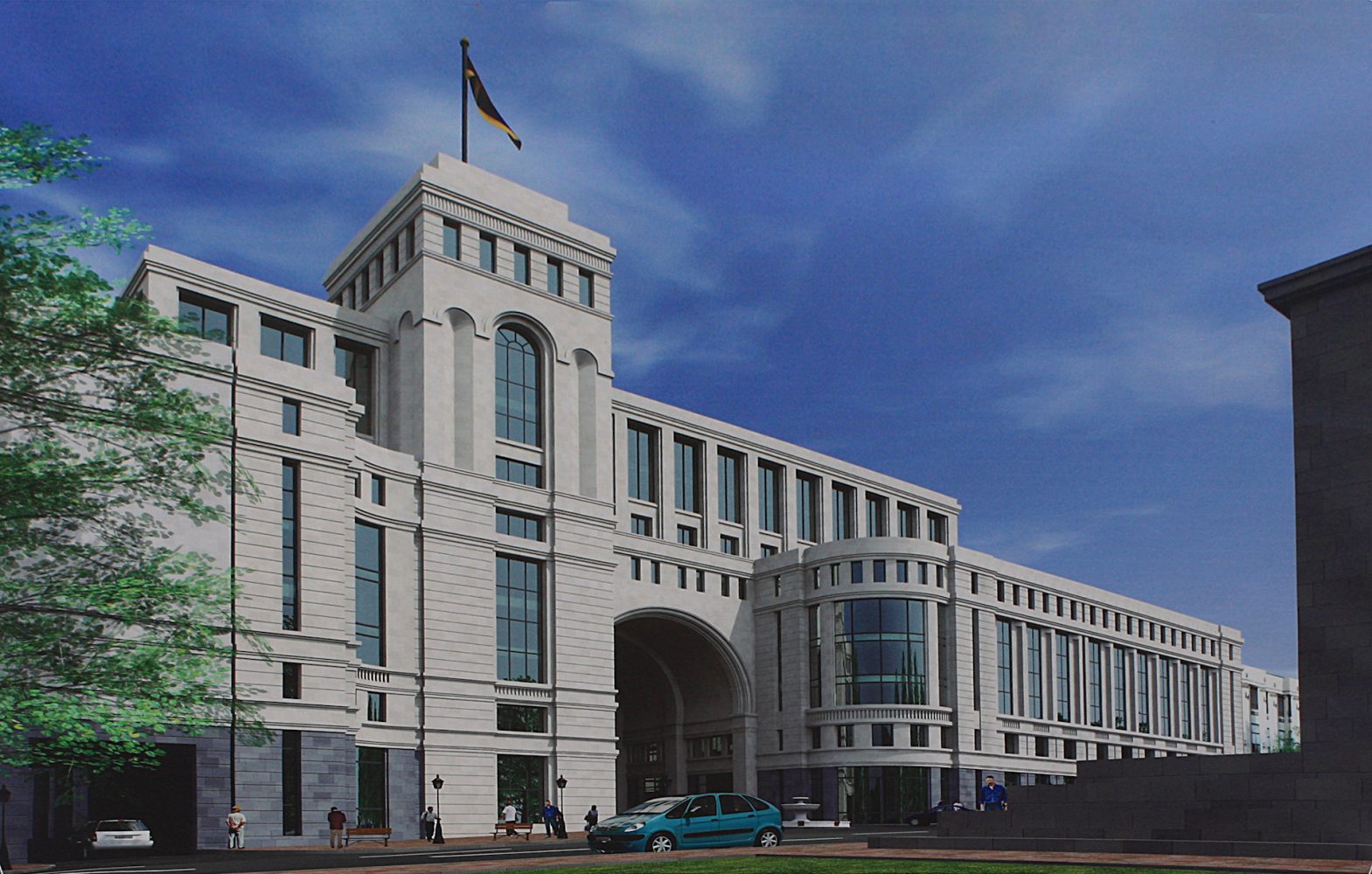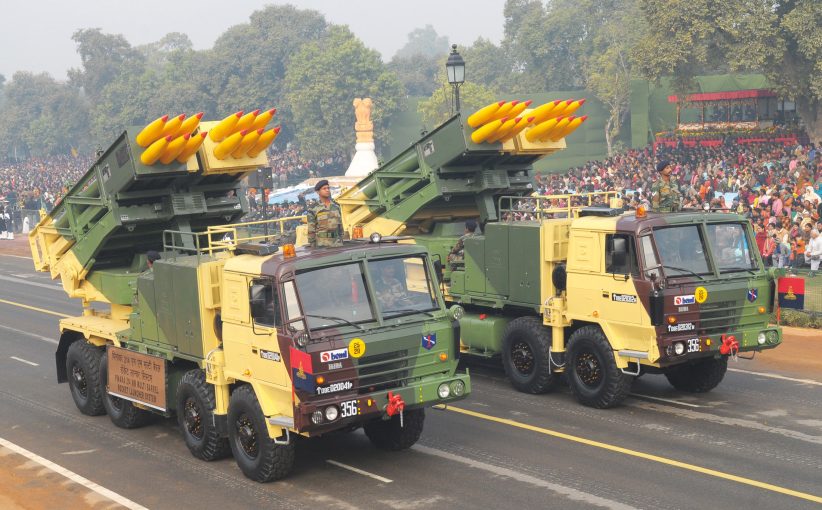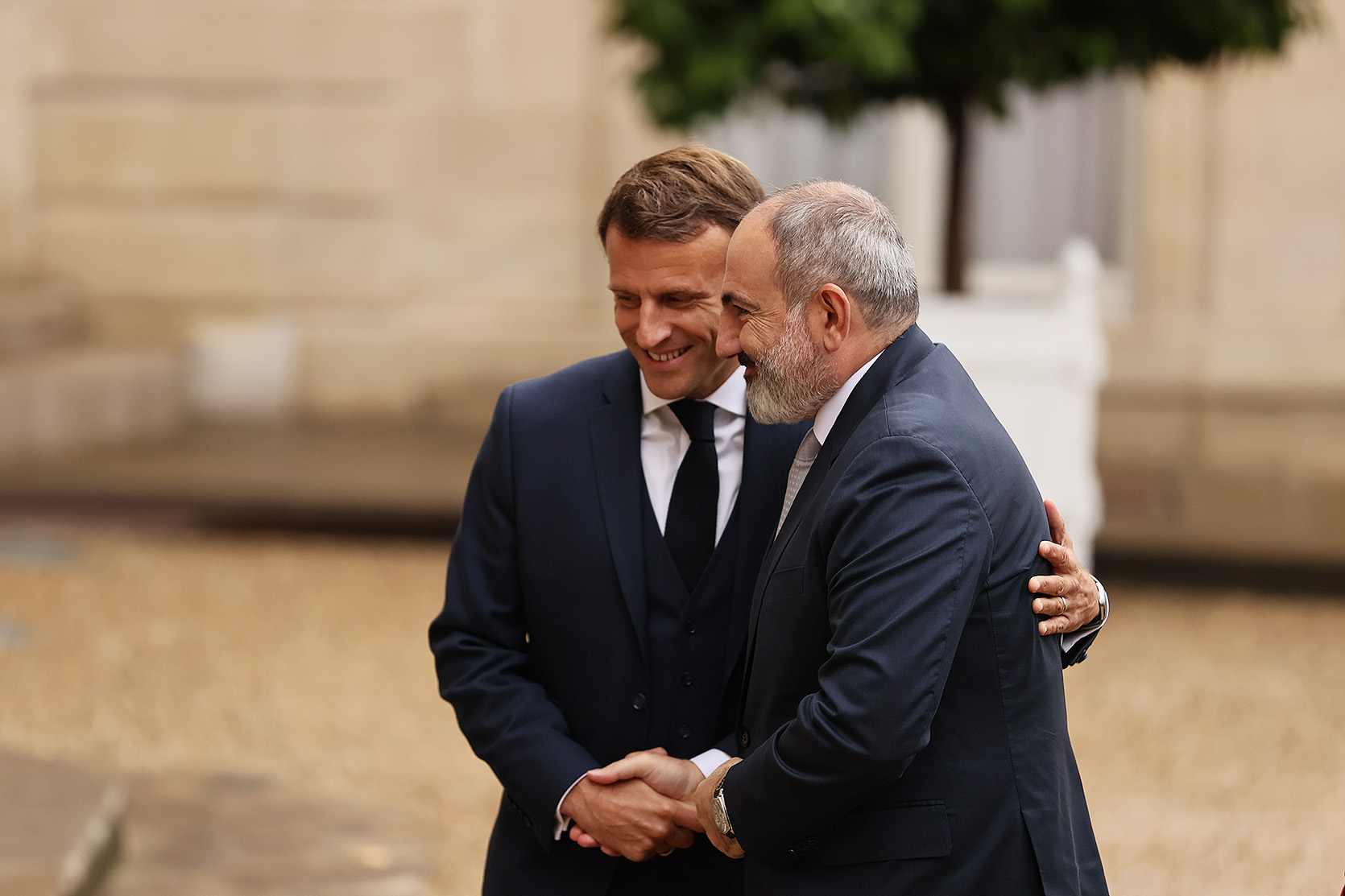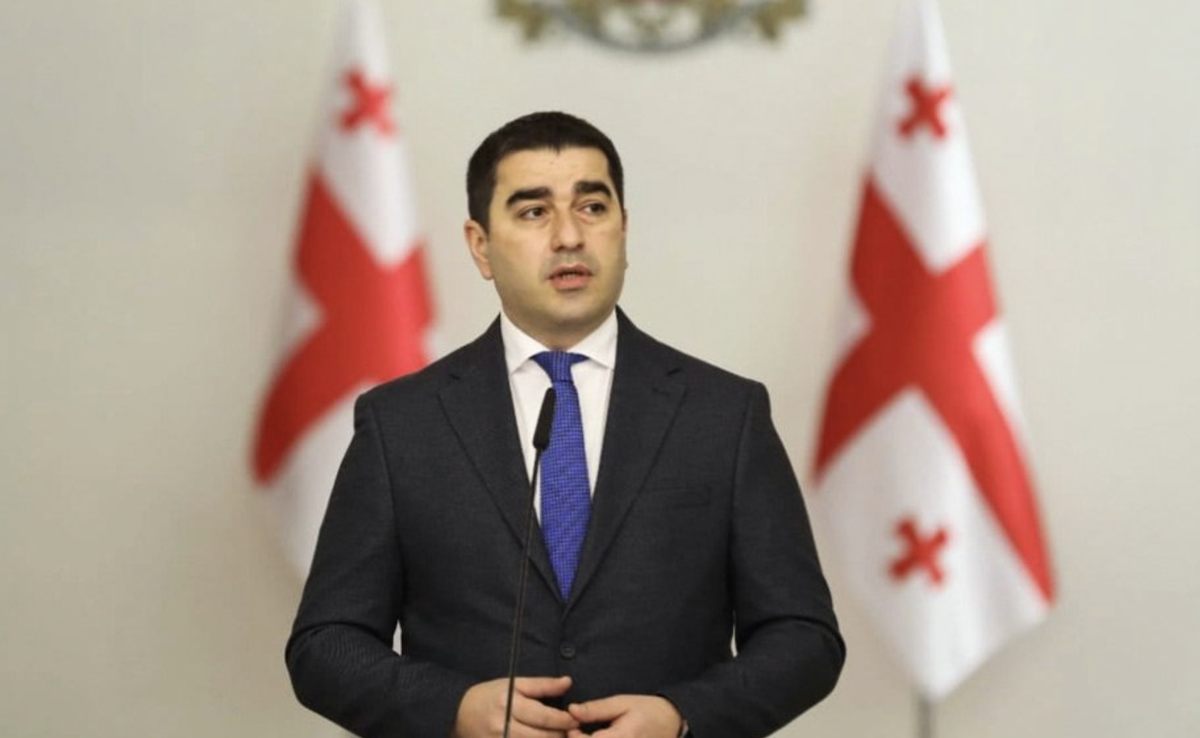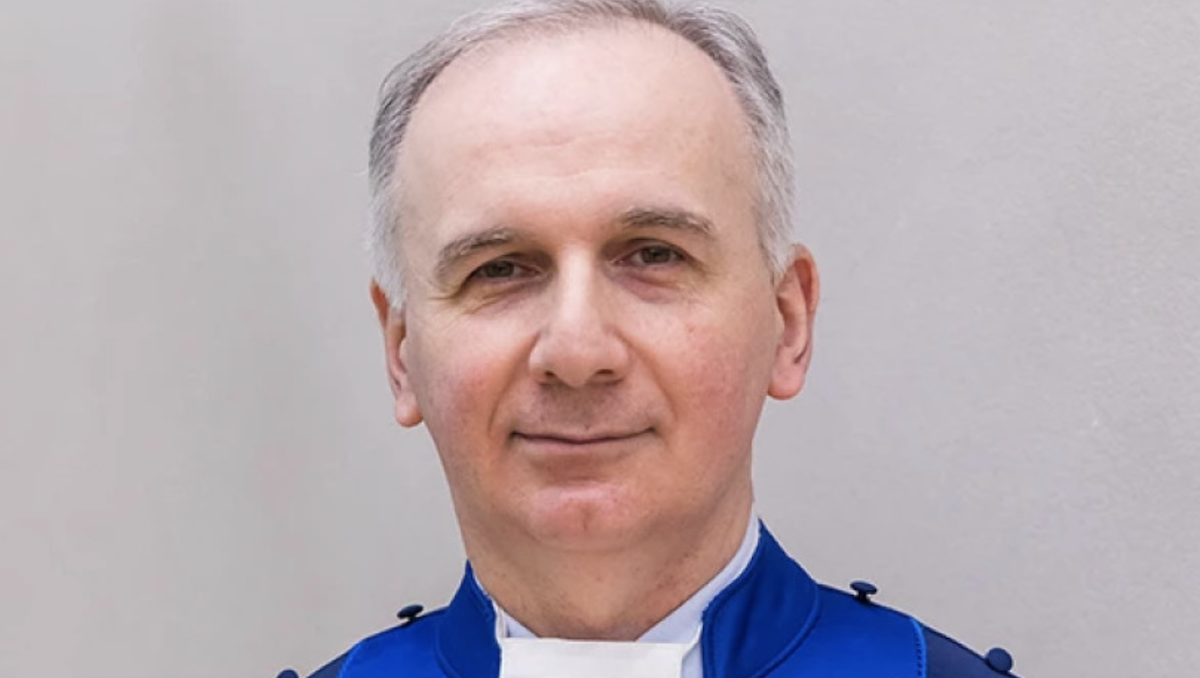"What does Azerbaijan want?" - publication of a list of demands: Reliable source or Pashinyan?
What Azerbaijan and Russia want
“Recognition of Nagorno-Karabakh as part of Azerbaijan, dissolution of the NK army, a corridor through the territory of Armenia, demarcation and delimitation according to the maps proposed by Baku, clarification of the fate of missing Azerbaijanis” are among Azerbaijan’s demands of Armenia, according to an article published in the newspaper Haykakan Zhamanak (Armenian Times), the editor-in-chief of which is the wife of the Prime Minister of Armenia. Instead of the author’s name at the end of the publication, it says “reliable source”, leading many to suspect that Nikol Pashinyan himself is the author.
The article generated a significant response throughout Armenian society. But while the article on Azerbaijan’s demands was being discussed, the newspaper published another article – this time about what Russia wants from Armenia.
According to political scientist Suren Surenyants, the reason for all this is that Pashinyan is not inclined to sign any document and is trying to appear to be “a figure opposed to capitulation.”
What Azerbaijan and Russia want from Armenia according to the publication, the reaction of former presidents, and expert opinion.
- Negotiations between Foreign Ministers of Armenia and Azerbaijan: mediators remain behind the scenes
“What does Azerbaijan want?” – all details of the publication
The author addressed the article to the Catholicos of All Armenians, three former presidents, and the expert community. In fact, with this article, “Reliable source” was responding to the recently announced proposal by former president Levon Ter-Petrosyan to consolidate society, including the former leaders of Armenia, in order to counter the challenges facing the country.
The ex-president made this proposal at a meeting with other former leaders of Armenia and NK initiated by Catholicos Garegin II. Ter-Petrosyan maintained that only Pashinyan is privy to all details, and that a joint discussion of the country’s future is necessary.
The author of the article replies that “in the context of international and regional tensions, it is often difficult to make an inventory of Azerbaijan’s specific demands on Armenia.”
However, “Reliable source” presented five main requirements by Azerbaijan:
- “dissolution of the Nagorno-Karabakh Defense Army;
- recognition of Nagorno-Karabakh as part of Azerbaijan, without any status, even autonomy, with zero status;
- corridor through the territory of Armenia;
- the process of demarcation and delimitation of borders according to the maps of 1919, 1920 (it is not yet known which maps);
- clarifying the fate of missing Azerbaijanis, possibly with the intention to accuse Armenia of more war crimes.”
The author of the publication writes that the points are listed according to their use by Azerbaijan “to organize new military provocations against Armenia”:
“This means that in order to achieve a comprehensive peace with Azerbaijan, it is necessary to address these issues. Addressing in this case means either fulfilling the requirements, finding a compromise, or forcing / persuading Azerbaijan to abandon these requirements. Or looking for another option.”
The author of the article says that the article “What Azerbaijan Wants” is “a response to Levon Ter-Petrosyan’s statement that they [former presidents, oppositionists] do not have complete information about the negotiation process.”
The newspaper also vowed to publish the demands of the US, Iran and the European Union as well.
“This is an Azerbaijani draft text of a peace treaty”
Former President Levon Ter-Petrosyan regarded this publication as “a negative response to the proposal to start a dialogue between the opposition and the government.”
According to Ter-Petrosyan, the article presents “an Azerbaijani draft text of the Armenian-Azerbaijani peace treaty.”
He believes that Armenia has also prepared its own project, but “the details have not been disclosed, and it’s good that they are not disclosed.”
“It should be noted that the need for a platform initiated by the Catholicos of All Armenians between the authorities and the opposition can be considered exhausted,” the first president of Armenia stated.
The office of another ex-president, Robert Kocharyan, stated that they do not comment on articles citing anonymous sources, even if they are “published in the family newspaper of an official.”
“What does Russia want?”
In this article, Reliable Source states that Armenia and Karabakh are “a link in the chain of Russia’s desires” in the region:
“Russia wants almost the same thing from Armenia that it wants from Ukraine: for it to become part of the Russia-Belarus union state, or Russia. And while in Ukraine the Russian Federation uses Russian and possibly Belarusian troops to achieve this result, in the case of Armenia it uses Azerbaijani and to some extent Russian troops stationed in Armenia.”
According to the author, the meaning of Moscow’s actions is to show the vulnerability of Armenia’s security, so that it “applies a minute earlier to join the Russia-Belarus union state”:
“The steps to advance this logic are the aggression of Azerbaijan, the inertia of the Russian troops stationed in Armenia, the political inertia of Russia and the failure to fulfill obligations to supply weapons to Armenia.”
According to the publication, Russia’s non-compliance with arms transfer obligations has been used as a tool in the past, especially before and after the April 2016 war.
Comment
According to political scientist Suren Surenyants, there is every reason to believe that Reliable Source is Pashinyan himself. He believes that the prime minister did not agree to a dialogue with former presidents and decided to publish these articles because “he does not intend to sign any document or speed up processes.”
“In my opinion, Pashinyan had very high hopes for Western nations and now there is a certain disappointment in these processes. So he decided to disclose the details of the negotiations, because he no longer considers them valuable,” he told JAMnews.
Surenyants believes that the prime minister is trying to give the impression that he is “opposing capitulation.”
As for the five points presented as Azerbaijan’s demands, Surenyants finds it difficult to say whether they reflect the current situation in the negotiation process or whether Pashinyan has “some kind of internal political calculations.” As an example he cites the term “corridor”, which is mentioned in the publication of both the demands of Azerbaijan and Russia.
“He did not specify what kind of corridor, with what parameters. Is this what Azerbaijan is talking about, what Russian Deputy Prime Minister Overchuk is talking about, or something else? If Azerbaijan wants an extraterritorial corridor, then it definitely has no allies on this issue. But if Baku wants the road in accordance with the regulations provided for in the tripartite statement, then Armenia cannot refuse it,” the political scientist says.
This is a road that would connect Azerbaijan with its exclave Nakhichevan through the territory of Armenia. The Armenian authorities have repeatedly confirmed their readiness to provide a road, but not a “corridor”, since this term implies the loss of sovereignty over this territory. Armenia always refers to the tripartite statement, which refers to the unblocking of regional roads, but there is no mention of a corridor through the territory of Armenia.
During the negotiations the parties developed the principle: “Sovereignty over the road is exercised by the country through whose territory the road passes. This means that if the road passes through Armenian territory, then this is an Armenian road, if along Azerbaijani territory, then it is Azerbaijani.”
Surenyants believes that the demarcation and delimitation of the Armenian-Azerbaijani border according to the maps of 1919 and 1920 is out of a fairy tale.
“The maps of Azerbaijan in 1919-20 cannot be legitimate, because the Azerbaijan Democratic Republic was not recognized by the League of Nations,” he said.
According to Surenyants, the mention of these maps means that Baku has territorial claims at least to the Gegharkunik and Syunik regions of Armenia.
“When the USSR collapsed, Soviet Armenia and Soviet Azerbaijan became members of the UN with certain borders. Undoubtedly, when discussing borders, the status quo of 1991 should be taken as the starting point,” Surenyants says.
On the subject of “What Russia Wants”, he notes that it does not present negotiation information, but analysis. He believes that Russia needs to expand to the east, because it is clear that Moscow is the main beneficiary of the “corridor”, as stated in the publication by “Reliable source”.
Surenyants does not consider it appropriate now to talk about a union state. According to him this is a complex issue, not as primitive as presented by the Haykakan Zhamanak newspaper. To be or not to be a union depends on the course of the Russian-Ukrainian war, Surenyants believes.
The author of the publication in “Haykakan Zhamanak” claims that in order to put pressure on Armenia, Russia “uses Azerbaijani and to some extent Russian troops stationed in Armenia.” According to the political scientist, such accusations can lead to very negative consequences.
“The media and politicians associated with the authorities should be especially careful in their assessments. We can create an anti-Russian wave in the country, which will not solve the problem, but hurt us. Because in this way we legitimize the anti-allied behavior of Russia,” Surenyants concluded.
What Azerbaijan and Russia want










